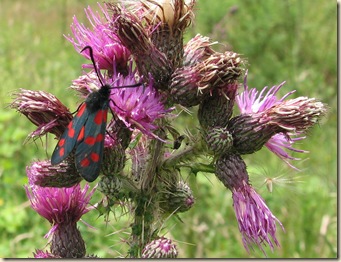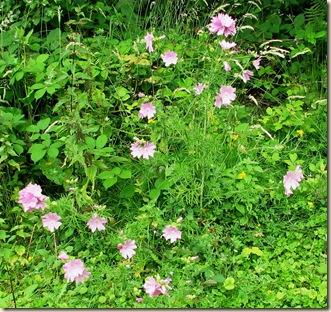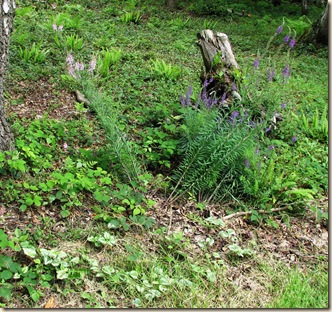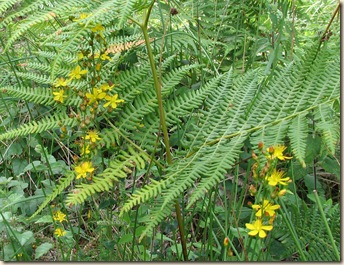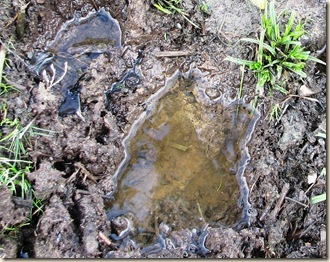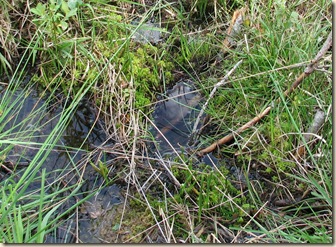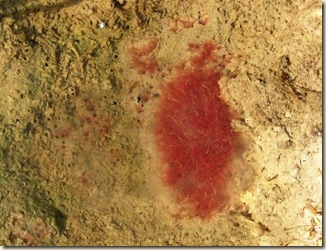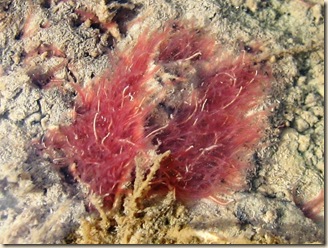I have had two lovely sunny mornings in Brede High Woods this last week and, though it is wet underfoot, the wildlife responds very quickly to an hour or two of warmth.
Butterflies on the wing include many silver-washed fritillaries and today just one white admiral. There are also meadow browns, ringlets, commas, red admirals, brimstones and large and small skippers. I have not yet seen a gatekeeper though and they are usually one of the commonest butterflies at this time of year.
One apparent success story is the large number of six-spot burnet moths (Zygaena filipendulae) shown here on marsh thistle.
It disappeared from the woods for a few years, then started to return a couple of years ago and continues to increase in Holman Wood Field.
One of the plants now in full bloom in several places is musk mallow (Malva moschata), so named because the flowers are said to smell of musk and they do have quite a pleasant scent.
Not being sure of what proper musk smelt like anyway, I looked it up in Wikipedia and learnt that "No other natural substance has such a complex aroma associated with so many contradictory descriptions; however, it is usually described abstractly as animalic, earthy and woody or something akin to the odour of baby's skin" The leaves of musk mallow are very finely divided, which distinguishes it from other mallows and, with the flowers, are edible and highly regarded by many wild food foragers.
Musk mallow is a native but, in the main car park, there are, as usual, some interesting aliens. In the picture below there is, on the right, a typical plant of purple toadflax (Linaria purpurea) next to the much rarer pink form of this Mediterranean plant. In the foreground there are also some silver leaves of Lamiastrum galeobdolon subspecies argentatum, a cultivated form of the wild yellow archangel.
